
Quarter
-
Posts
391 -
Joined
-
Last visited
Content Type
Profiles
News and Information
Tutorials
Product Reviews
Supplier Listings
Articles
Guitar Of The Month
Links and Resources
Forums
Gallery
Downloads
Posts posted by Quarter
-
-
Dibs on 51 .. PalPal ready

-
Love the stepped quilts like that

-
The 4th prong on the battery might be for alternate installation options or other tools.
My Milwaukee gear is like that, you can flip the battery pack if it gets in the way.
Does the battery fit in the charger?
-
I've never done this, but here is an off the cuff science project.
What if you took a piece of PVC pipe, a couple caps and taped in a schrader valve.
Roll the veneer up, add dye, pressurize to taste.
-
... A trick that an old timer taught me is to wet the surface of a figured piece before you put it through the planer. Somehow it helps with tearout. I have done it myself and it works.
Thanks for the tip Hound, I'll have to give it a try sometime.
Another thing I've found that can help a little is to angle the board a bit when sending it through.
Though, thats not always possible with wide and or very long boards.
-
Thats going to look sharp ... like your take on the body shape too

-
01 Apr 2008

LoL ... had me going for a sec ... forgot it was April 1st

Guess I'll wait till tomorrow to post about the free band saw combo deal I found

-
Thats looking great

-
Thanks mdw3332 and lowrider

mdw3332 ... good luck with the steel, they are a fun build and a kick to play.
-
Thanks GregP

I am just a hack player on steel but its such a ton of fun to play. I mostly stick with some open E or D as its a little more familiar territory for me.
But, the instrument itself is so versatile, it can do rhythm, lead, country, rock, blues, jazz, gospel, you name it.
Its really great to see it make it back into todays music a little more.
Here is a cool YouTube of a cover of Modern Love by Last Town Chorus
-
They seem to be Lowes answer to the Home Depots Husky line.
-
Thanks Tim

Tru Oil really does do a great job of bringing wood to life while offering a little more protection than a strait oil.
The fret markers are strips of .032 aluminum and the bezel surrounds on the paua is 9/32 aluminum tubing.
I didn't get a good pic of the inly on this one, but here is a pic of the same type inlay on a 6 string mahogany build.
.
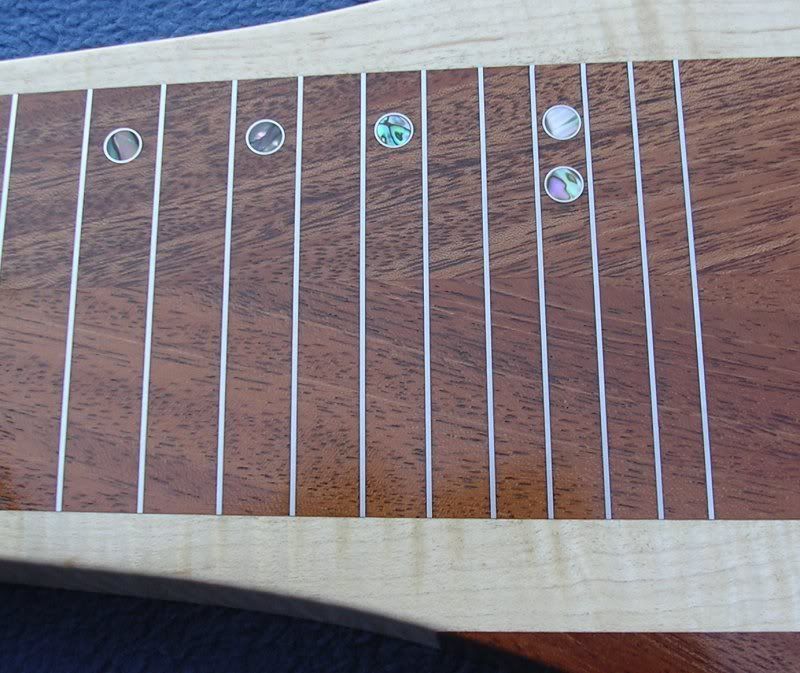
-
Thanks j. pierce

25" would be considered a long scale, Asher uses a 25" scale too.
22.5" was / is more common, with vintage steels, but then the bulk of those were student models.
Though, many say the best sounding Fender Stringmaster was the 26" scale model.
Construction is pretty strait forward, no truss rod and no frets to level or dress.
Because of the way it is played, you have a bit more design freedom as compared to a fretted instrument.
Nothing under the left hand plate, just decoration.
The bridge cover is a 3 point mount.
There are two 1/4" dowel pins mounted forward in the cover that seat into shallow 1/4" holes in the body.
It is held in place with the maple knob that has a 8/32 brass shaft that mates with a threaded brass insert in the body.
-
-
I've done it by hand and also using a lint free cotton swatch and often mix the two depending on my mood and where I'm at in the process.
Try them both and develop a feel for it. The key in either situation is keep the coats light.
-
I love it , art meets function. What hight are the strings?? and what gauges , scale length ect
Thanks

Strings are at around 7/16, scale is 25", and its strung with 12-14-16-18-22-26w-30-36
Edit: forgot to add, here is a good string gauge chart for steels
-
Thanks Xanthus

It's tuned in kind of a hybrid C6 tuning I guess, something that the customer requested, from low to high - C-E-G-A-Bb-C-E-G
Its all Tru Oil, it took a bit of effort to build and fill the walnut, but it wasn't too bad.
This time around I tried some of their Tru Oil in a rattle can for the last couple finishing coats and it worked ok.
I've thinned Tru Oil with mineral spirits and shot it through my gun with good results.
Though, the rattle can stuff seems to dry / cure just a little bit faster.
-
-
Just a random thought ... maybe drill a tight fitting hole, then tap an appropriate thread for the barrel.
To keep it locked in place, use a set screw system much like for a solid shaft knob.
-
I've been thinking of building one myself, kind of like the looks of this Freud fence
http://www.amazon.com/Freud-SH-5-Professio...r/dp/B00005Q7CN
-
... I'm not very trustful of the cheap meter like you can find at Harbor Freight, but I don't want to spend several hundred dollars either ...
I have one of the cheap Harbor Freight units.
While I don't necessarily trust the numbers it reads, I think it can be useful for relative / comparative testing.
-
... is mineral spirits the only suitable thinner for the purpose, or do you think naphtha would do the job? ...
I have not used naphtha with Tru Oil, so can be of no help there. It may work, <insert standard test on scrap disclaimer here>

-
I sand with the grain, then kind of burnish in the "slurry" cross grain with my fingers or palm of my hand.
The friction and heat from your hand will work it in and help set it.
You want to work it in till you feel the drag, almost dry.
Once I get it mostly filled, I just start applying multiple even wet coats, then when dry, block it back with some mineral spirits and some 1000.
Rinse and repeat as necessary.
Here is a walnut / birdseye lap steel that I'm finishing up.
Pic is after a final 1000 blocking and one coat of the rattle can spray.
I'm doing one more spray coat, then let it harden / cure for 4 - 5 days before I do the final rub out.
.
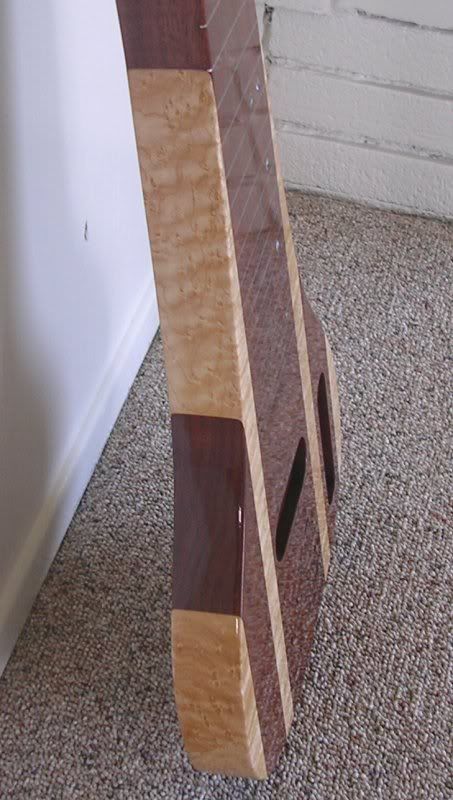
-
... Started over, followed Birchwood Casey's instructions (don't do that, by the way!): ...
Yea, I remember reading that and wondering what they were thinking of.
I understand that you want to have enough grit to get a slurry going, but wasn't convinced to go coarser than what I finish sand with.
Another thing to avoid is using their sealer / filler product. I tested some on a walnut project I'm working on and was less than impressed.
I've used their stock and sheen product and like it though. Its a very fine pumice / rottenstone type abrasive in a liquid medium.
I've found it best to let the finish cure for 4 - 5 days or more first before using it. Too soon and you will cut too fast and get witness lines.
Another Tru Oil tip, (as per Birchwood Casey techs), you can thin it up to 50 / 50 with mineral spirits and shoot it through a gun.
It uses / wastes more material and takes a little longer to dry, but is nice for laying down a nice smooth final coats.
On my setup, a 2 part oil to 1 part spirits worked ok.
They sell the rattle cans too, I picked some up for testing so we'll see how that goes.

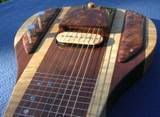
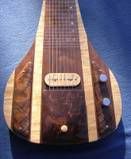
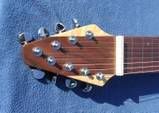

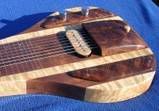
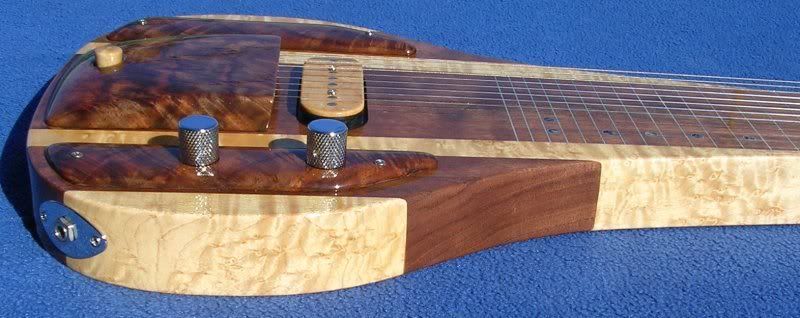


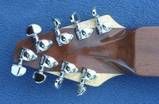
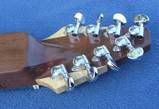
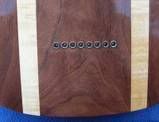
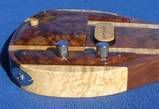
Fs More Light Weight Swamp Ash Boards
in The Marketplace
Posted
If 47 is available, I'll take it, or did you mean 49?